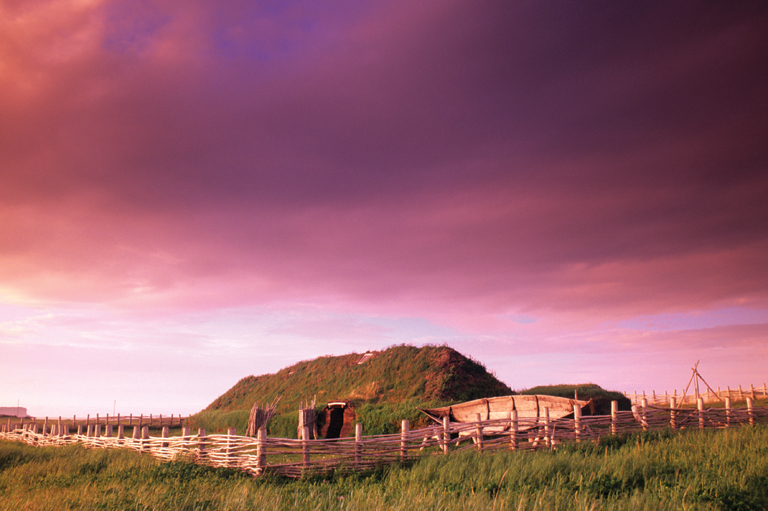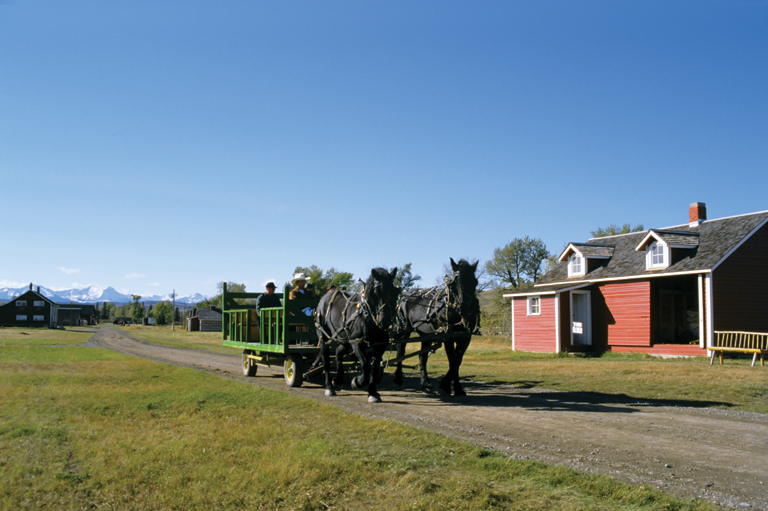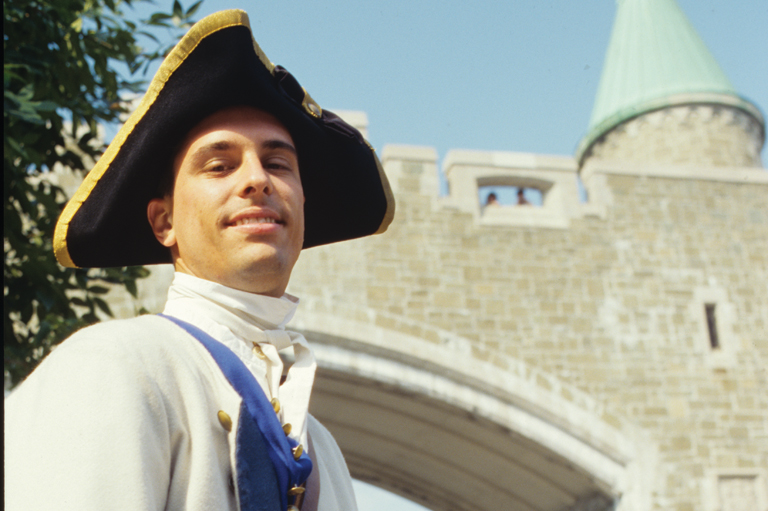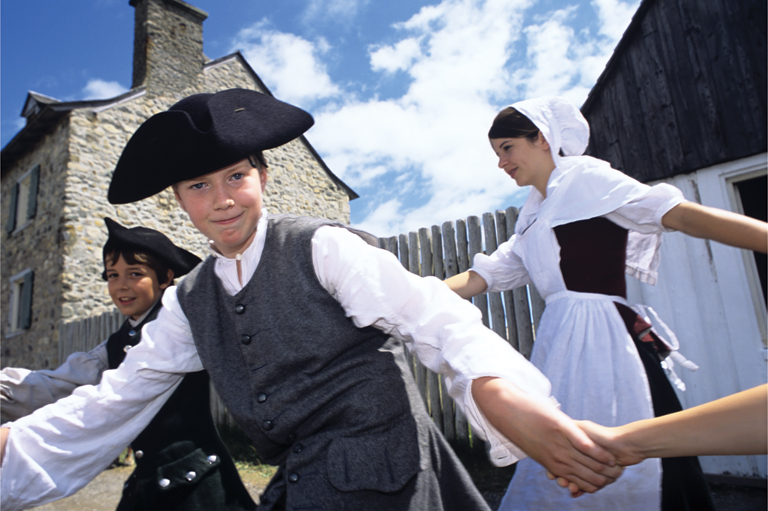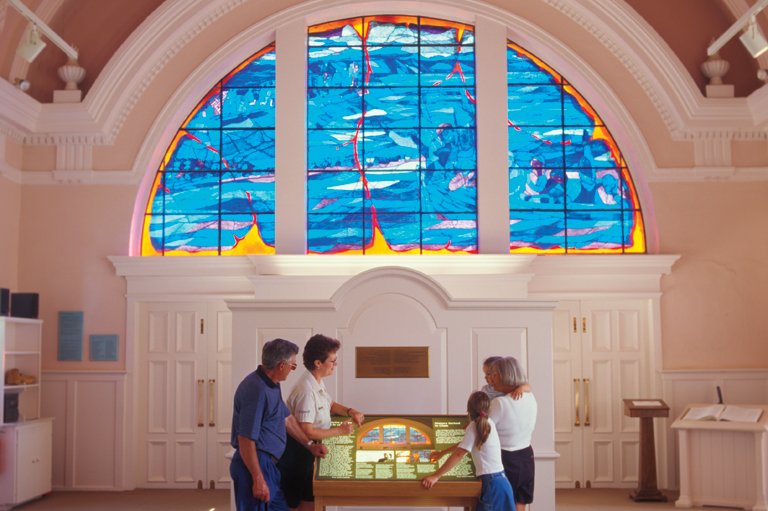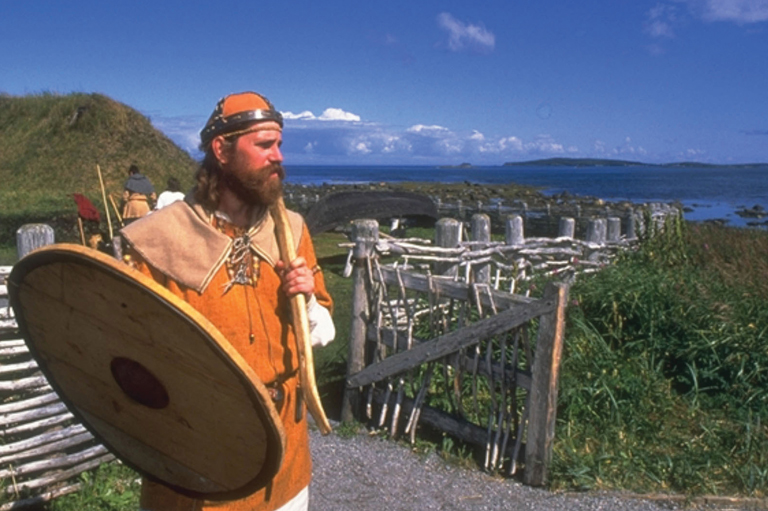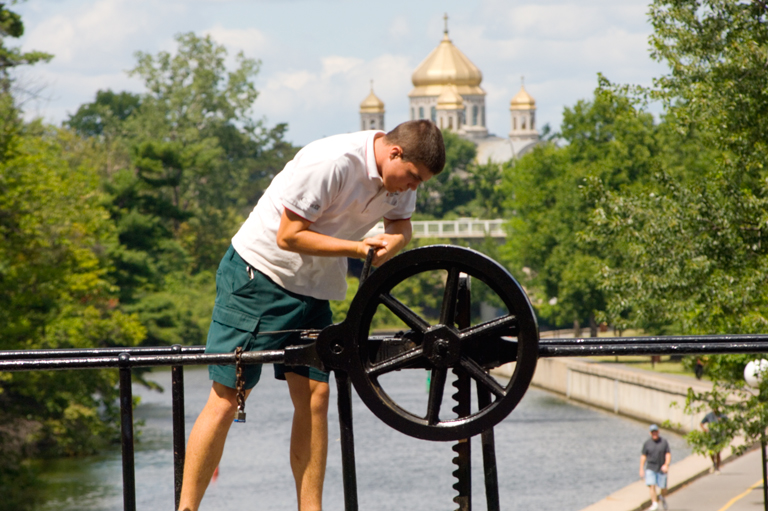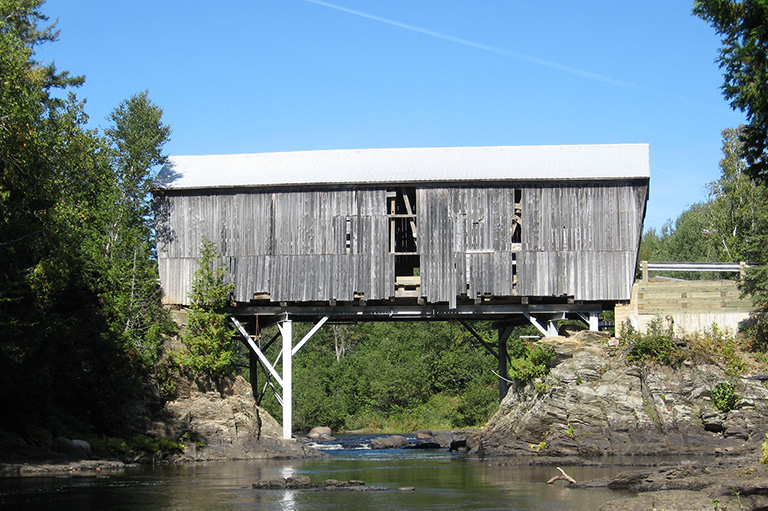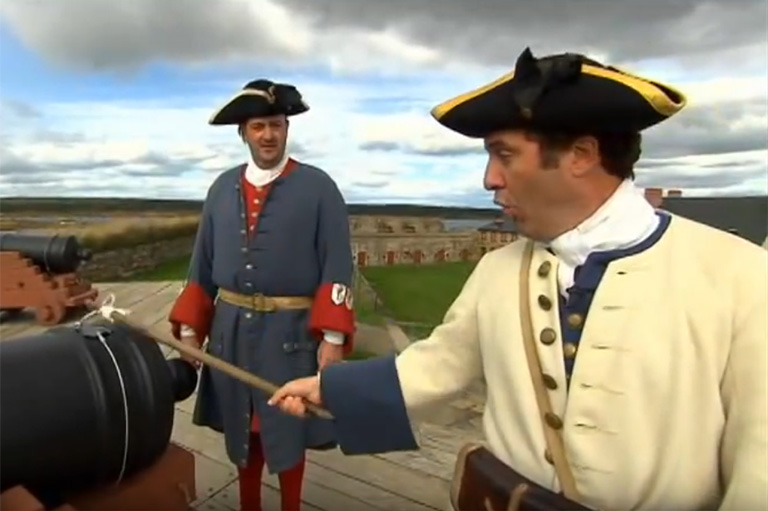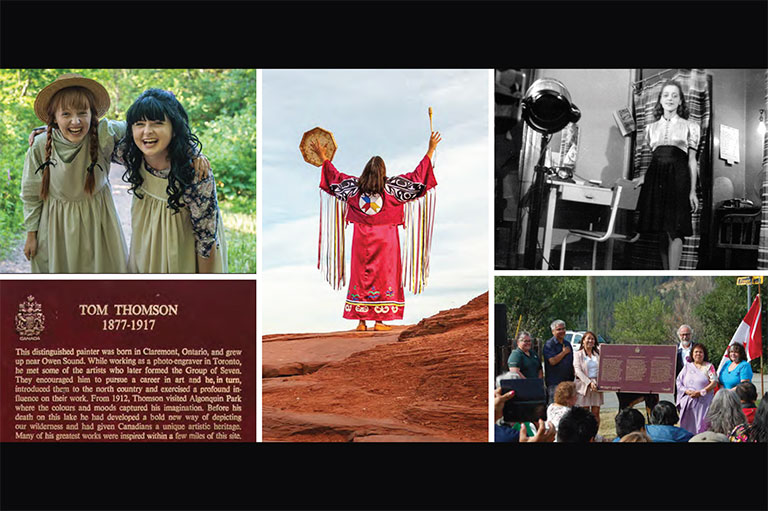Dawson City
Poet Robert Service did not exaggerate the hardships endured by the men who moiled for gold in the Klondike. News of the Yukon gold strike came during a severe economic recession. Tens of thousands of people — most of them unemployed Americans — rushed north in 1898. They laboriously scrambled over the treacherous Chilkoot or White passes several times, ferrying half a tonne of supplies on their backs.
Within one season, the mud flats at the confluence of the Yukon and Klondike rivers were transformed into a tent city of up to 30,000 people, making it the largest community west of Winnipeg. Saloons and brothels sprang up instantly, threatening to turn Dawson City into a lawless frontier outpost. But the legendary Mountie Sam Steele — who allowed no handguns — successfully imposed order on the town.
By 1899, Dawson was a city of substance, with electricity, telephones, movie theatres, and twenty blocks of commercial enterprises. The frenzy lasted just two seasons. Mining continued, but with fewer people as large companies brought in heavy equipment.
Today, much of Dawson is part of a historical complex included within Klondike National Historic Sites of Canada.
Time period: Late 1890s.
Things to do: Spend a few days — there are many sites. Take a guided tour of the town core with a Parks Canada interpreter. Listen to twice-daily readings at the Robert Service cabin. Board the S.S. Keno, tour the largest wooden gold dredge in North America, and walk a self-guided mining claim trail. Other attractions outside of Parks Canada include Diamond Tooth Gertie’s — a restored 1910 casino with cancan dancers — and the Dänojà Zho Cultural Centre.
Getting there: From Whitehorse, Dawson is one hour by air, or five to six hours by road.
Visit Parks Canada's website
Themes associated with this article
Advertisement

